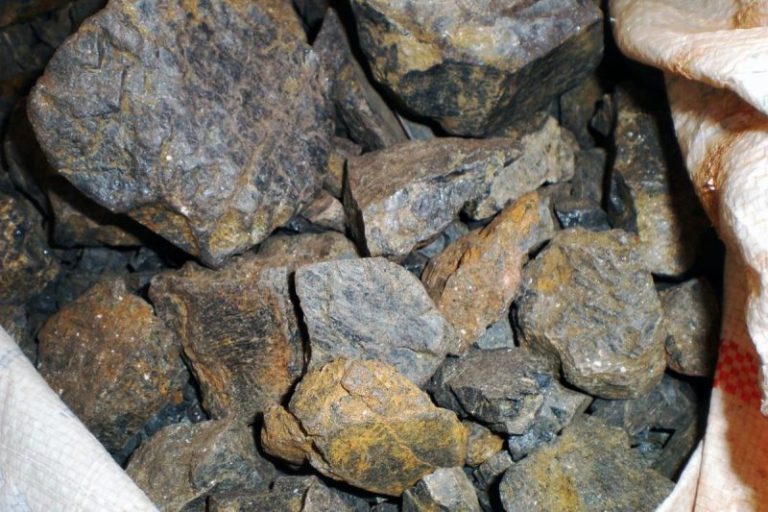Coltan, also known as columbite-tantalite, is a valuable mineral that plays a significant role in the technological world we live in today. The mining and trade of coltan have been surrounded by controversy due to its association with conflict in regions such as the Democratic Republic of the Congo. Here are five essential facts to deepen your understanding of coltan and the surrounding conflict.
1. Origins and Composition
Coltan is a combination of two minerals, columbite and tantalite. It is primarily found in the African continent, with the Democratic Republic of the Congo being one of the largest producers of this mineral. The composition of coltan includes elements like columbium (niobium), tantalum, and other trace elements. Tantalum, in particular, is crucial for the production of electronic devices such as smartphones, laptops, and other high-tech gadgets.
2. Conflict in the Congo
One of the major issues surrounding coltan mining is its link to the ongoing conflict in the Democratic Republic of the Congo. The mining and trade of coltan have fueled violence, human rights abuses, and exploitation in the region. Armed groups and militias often control coltan mines, leading to a cycle of conflict and instability. The demand for coltan from global electronics companies has contributed to the perpetuation of this conflict.
3. Environmental Impact
Aside from the social and economic impacts of coltan mining, there are significant environmental consequences associated with the extraction of this mineral. The mining process, which often involves open-pit mining and the use of heavy machinery, can lead to deforestation, soil erosion, and water pollution. Moreover, the chemical processing of coltan ore can result in the release of harmful pollutants into the environment, posing risks to local ecosystems and communities.
4. Supply Chain Challenges
The complex and opaque supply chain of coltan presents challenges in ensuring that this mineral is sourced ethically and responsibly. Due to the multiple intermediaries involved in the coltan trade, tracking the origin of the mineral becomes difficult. Companies that use coltan in their products face the challenge of ensuring that their supply chains are free from conflict minerals and that miners receive fair wages and work under safe conditions.
5. Calls for Ethical Sourcing
In recent years, there has been a growing awareness and advocacy for the ethical sourcing of minerals like coltan. Initiatives and certifications such as the Responsible Cobalt Initiative and the Conflict-Free Tin Initiative aim to promote transparency and accountability in mineral supply chains. Companies are increasingly pressured to trace the sources of the minerals they use and to support efforts to eliminate the link between mining and conflict.
In conclusion, coltan’s significance in powering our modern technological devices is undeniable, but it comes with a dark side linked to conflict, exploitation, and environmental degradation. As consumers, policymakers, and industry players, it is crucial to advocate for ethical practices in the mining and trade of coltan to ensure a more sustainable and responsible supply chain for this valuable mineral.



